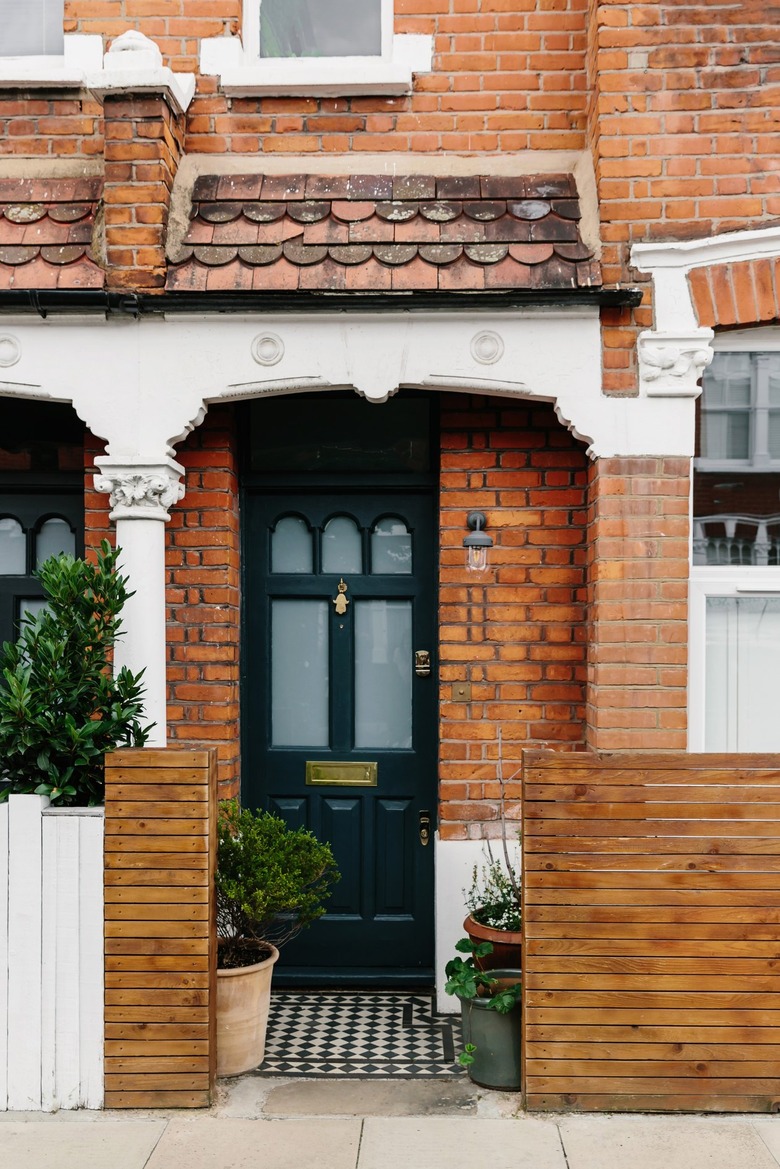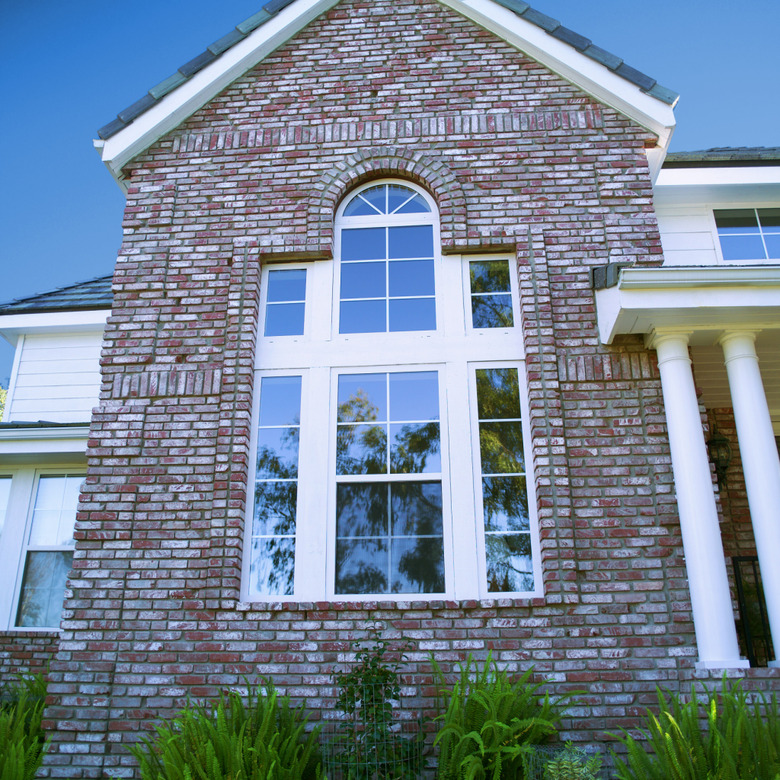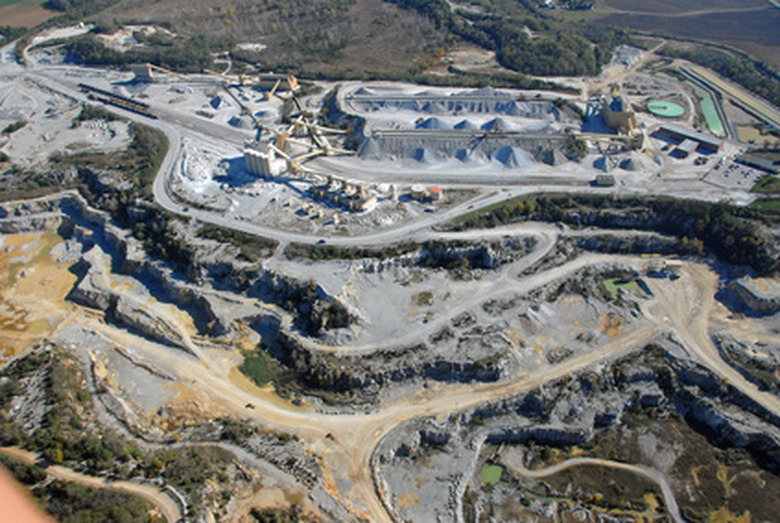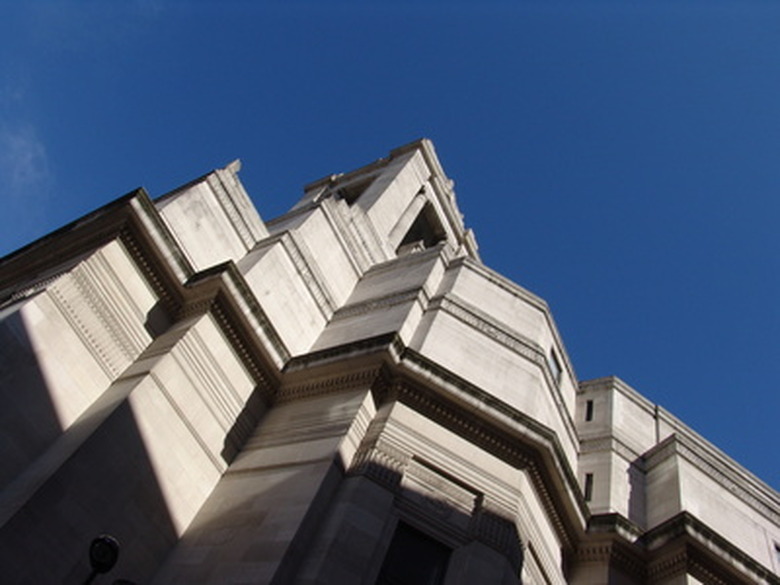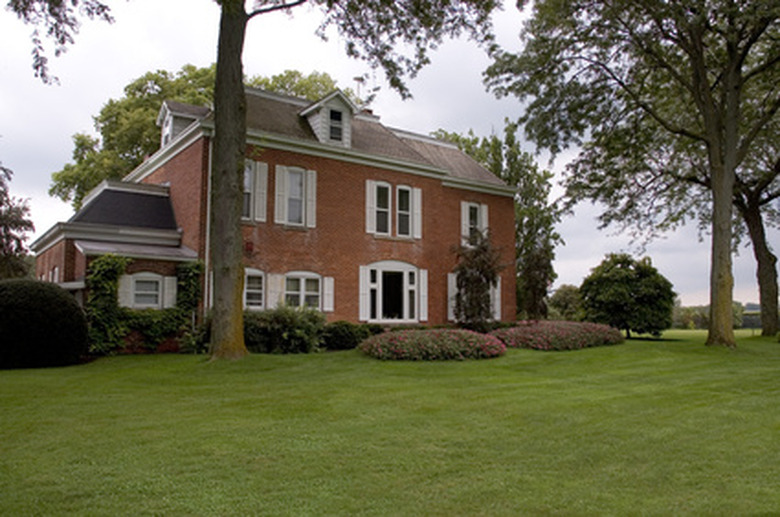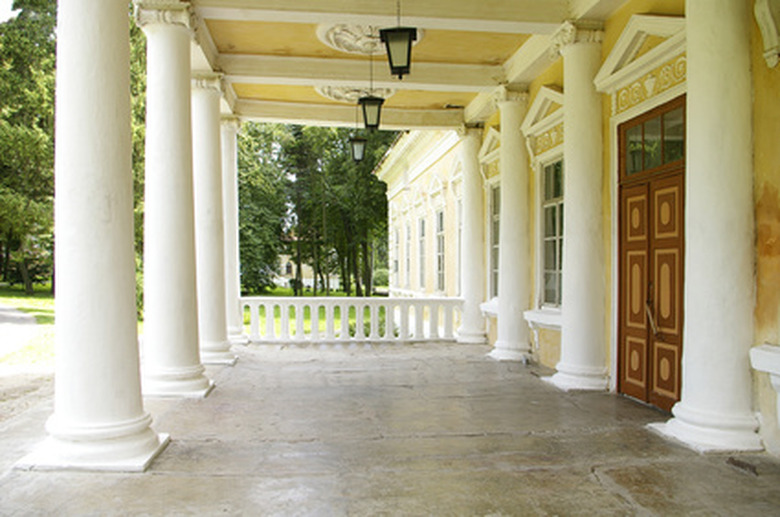Cost Of Limestone Veneer Vs. Brick
After wood, limestone and brick are two of the oldest building materials known to man, for good reason. Both natural stone and brick are durable, beautiful and energy efficient. Buildings of limestone or brick are also more energy efficient than wood or metal structures and more resistant to the effects of weather. So how does one decide which to use? Cost can be a factor in that decision.
Where Limestone and Brick are Used
Where Limestone and Brick are Used
The American Limestone Company of Dallas, Texas offers limestone veneers and products for residential, ecclesiastical and commercial applications. Because limestone can impart a sophisticated air of refinement to a house, the headline on their residential web page is "Forget the Joneses, keep up with the Vanderbuilts." However, brick is no slouch, the first being made in America by Virginia settlers as early as 1612. Not only are some buildings from that era still standing, the bricks themselves are valuable and collectible items.
Differences Between Materials
Differences Between Materials
The biggest difference between the materials is the appearance. Brick ranges in color from red to yellow depending on the raw material, it is bold and anchoring in appearance. Limestone is a much lighter colored substance, and even massive edifices of limestone can appear light and airy simply by the nature of the stone's light color. Both are natural materials, with brick being processed from clay or shale with water and heat, while the limestone is quarried then cut to the customer's specifications.
Cost of Limestone Veneer
Cost of Limestone Veneer
The Masonry Advisory Council (MAC) of Park Ridge, Illinois, price guide reflects the labor and materials costs between June 1, 2009 and May 31, 2010. Their estimate for a 10 foot by 10 foot wall section without windows, doors or other special features is $43.01 per square foot using 4 inch by 8 inch by 24 inch Indiana limestone blocks. Their estimate for a 2 inch thin natural stone veneer adhered to a brick wall is $26.16 per square foot. The American Limestone Company claims their fastening system costs less, but they have not posted any square foot costs for comparison.
Cost of Brick
Cost of Brick
The Brick Industry Association, Southeast, based in Charlotte, North Carolina, is an advocate of building with brick in the Southeast United States. According to their calculations, the cost for a brick veneer and wood stud wall is approximately $19 per square foot, ranging from a low of $18.98 in Charleston, South Carolina to a high of $21.24 in Atlanta, Georgia. These estimates include all associated materials and labor for the wall.
Classic Greece or Colonial Virginia
Classic Greece or Colonial Virginia
Like most decorating and designing decisions, choosing between limestone veneer and brick to surface your home is a matter of taste modified by budget. If applying a limestone veneer to a cement block wall, the difference in cost is as little as $7 a square foot, however over the surface of an exterior wall, $7 a square foot adds up fast and should not be dismissed lightly. But if your tastes lean much closer to Classical Greece than Virginian Colonial, you may find limestone worth the additional investment.
